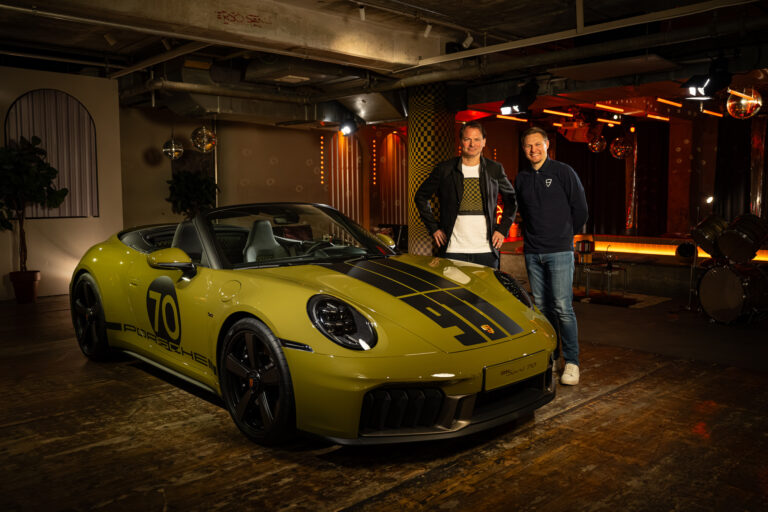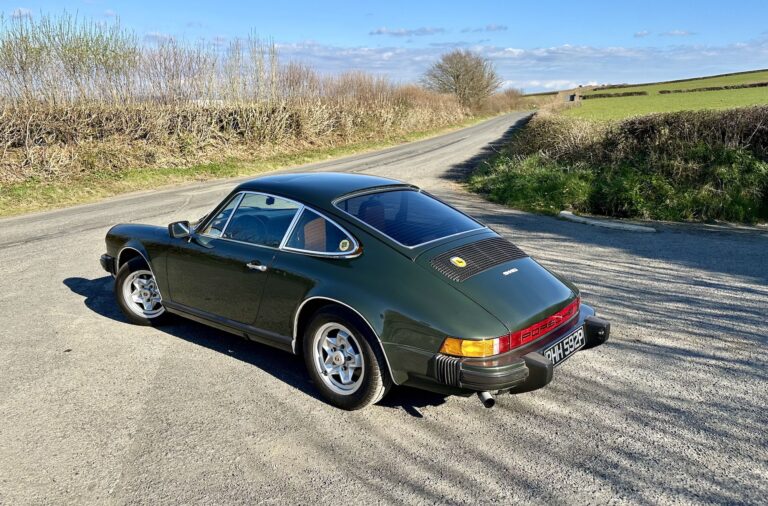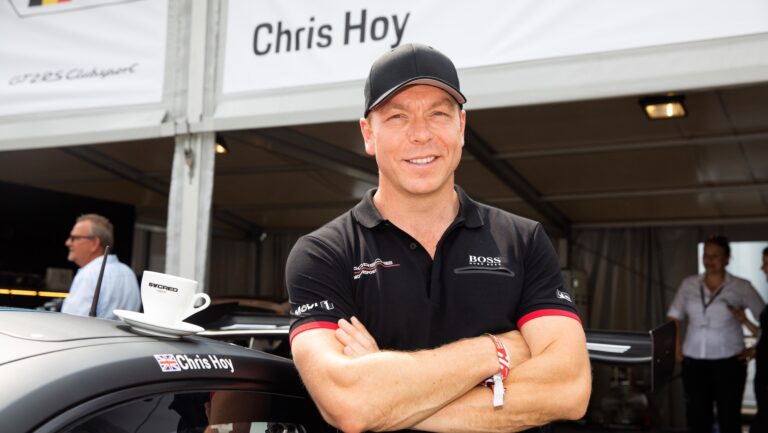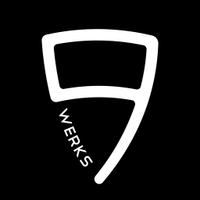 By Lee Sibley
4 years ago
By Lee Sibley
4 years ago
Max Hoffman: the man who unlocked America for Porsche
Today, America is one of Porsche's biggest commercial markets – and that's all thanks to the maverick salesman, Max Hoffman. 9WERKS explores the life and career of the European sports car importer who took Porsche to the USA
While Ferry Porsche and his team of engineers may be credited with reviving the company’s post-war fortunes with the introduction of the 356, if there wasn’t a market for such vehicles, well, there would be no Porsche.
Enter Max Hoffman: the man widely considered as the pioneer behind the importation of luxury European automobiles into the U.S.
Hoffman, born in Vienna, Austria, in 1904, spent his early years working as a factory driver for Amilcar of France, before becoming a salesman for the brand. His eye for a deal was clear – Hoffman encouraged importing American iron into Europe, and became the first agent to pitch selling Volvos outside of their native Sweden.
But the rise of the Third Reich forced Hoffman to consider the impact of his Jewish ancestry. Having first moved his business to Paris, he then headed to New York in December 1941, right at the height of the war.
Categories
Despite initially facing difficulties selling vehicles to a money-tight nation – and having to pick up a series of different jobs to make ends meet – Hoffman’s big play came in 1947, when he saw a gap in the market amongst Baby Boomers returning from war. Operating as the Hoffman Motor Company, Hoffman imported vehicles under the impression that Detroit-based motor companies were stuck in the past, and that European luxury vehicles were the future.
In doing so, Hoffman re-established his connections from across the Atlantic, focusing on vehicles such as Lancias from Italy, Austins and Jaguars from England, and Delahayes from France.
By 1950, he had expanded his sales to the West Coast and Beverly Hills, and as more manufacturers lined up to speak to the dealer, a connection with Volkswagen put Hoffman in touch with Ferry, the son of Porsche’s founder, Ferdinand Porsche.
During their first meeting, Hoffman reportedly ordered two 356s, and within a matter of years, the salesman was every having influence over the kinds of vehicles European manufacturers were making for the American market.
For Porsche, Hoffman featured the company’s vehicles heavily in his Park Avenue showroom, which was designed by renowned architect Frank Lloyd Wright. He also advised Ferry Porsche to create a stripped-down version of the 356, known as the 356 Speedster, which he would race across the United States as a way of promoting a brand whose crest he had advised on.
By the late ’50s, however, manufacturers had started to realise the appeal of the American market, and Hoffman was bought out of his Mercedes-Benz distribution rights (and even his showroom) by Daimler-Benz AG. Porsche followed suit, forming the Porsche of America Corporation in 1959 and leaving Hoffman with only five years left to sell their vehicles east of Mississippi.
The following decade, Hoffman began advising BMW, who themselves were fast discovering the appeals of the American market. He convinced the company to put a 2-liter engine in one of its 1600 models, resulting in the 2002. Next came the 2500 and 2800, which started a lineage towards what would later become the 7 Series and an image of being a company of luxury sports sedans that Hoffman helped mould.
While no vehicles may bear Hoffman’s name in celebration of his work, the dealer’s Frank Lloyd Wright-designed home, Max Hoffman House, still exists in Rye, New York, today. Beautiful in its simplicity, the home has been described by some as the perfect abode for the man once described as the “Duveen of the motor business.”






















